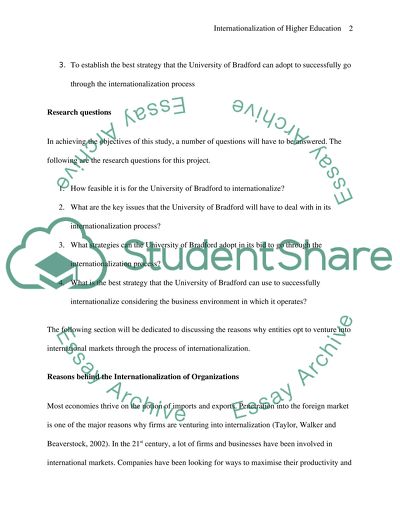Cite this document
(“Literature review including a research methodology, Objectives and Dissertation”, n.d.)
Retrieved from https://studentshare.org/family-consumer-science/1413142-literature-review-including-a-research-methodology
Retrieved from https://studentshare.org/family-consumer-science/1413142-literature-review-including-a-research-methodology
(Literature Review Including a Research Methodology, Objectives and Dissertation)
https://studentshare.org/family-consumer-science/1413142-literature-review-including-a-research-methodology.
https://studentshare.org/family-consumer-science/1413142-literature-review-including-a-research-methodology.
“Literature Review Including a Research Methodology, Objectives and Dissertation”, n.d. https://studentshare.org/family-consumer-science/1413142-literature-review-including-a-research-methodology.


